Great Ball Contraptions – The greatest feat of LEGO engineering
Of all the things made with LEGO, our favorites are inevitably the Great Ball Contraptions. GBCs, as they are known for short, make an elegant ballet of moving GBC Balls and are kind of Rube Goldberg-style ball machines designed with the sole purpose of moving GBC balls through a circuit.
Each module of the machine has been carefully designed to efficiently move the GBC Balls (individually or in groups) on to the next module. The mechanisms that move the balls through the loop are generally as complex as possible, using clever actions that are reminiscent of the workings of machines right out of industrial factories. The combination of planning, ingenuity and commitment makes it really challenging and educational to put together a truly Great Ball Contraption.
Where to start?
By using our building instructions we have made it really easy for you to get started with your very own GBCs. All our GBCs are completely build with parts from one official LEGO set. During building you will learn common and unique building techniques, cool and complex mechanisms and so much more. We recommend getting the GBC Starters Pack which includes everything you need to start rolling or check out the rest of our GBC family to get the building instructions.
- Sale!
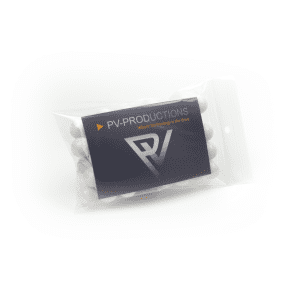

GBC Balls
From €16.95 Select options This product has multiple variants. The options may be chosen on the product page - Sale!
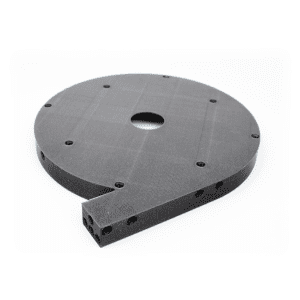
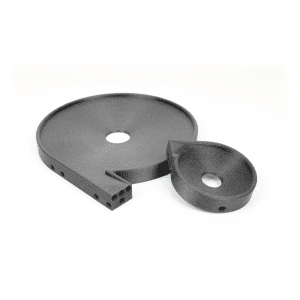
GBC Funnels
From €21.95 Select options This product has multiple variants. The options may be chosen on the product page -
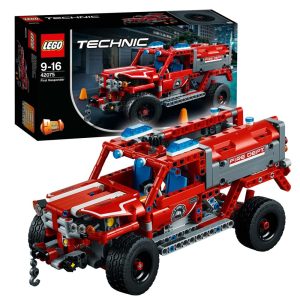
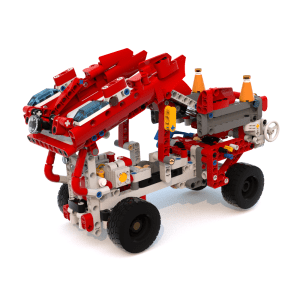
GBC 34 Tilt Lift Workshop Module – 42075 Building Instructions
Free - Try me Add to cart -
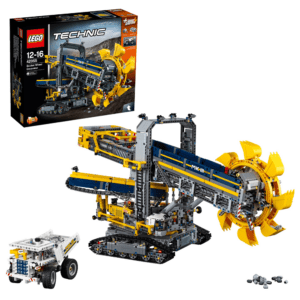

GBC 35 Musical Stairs Module – 42055 Building Instructions
Free - Try me Add to cart -
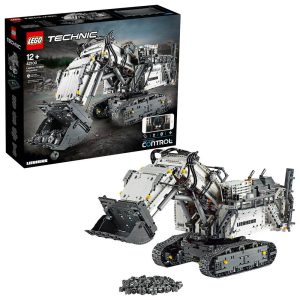
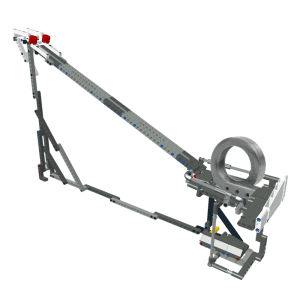
GBC 46 Looping Ramp – 42100 Building Instructions
Free - Try me Add to cart - Sale!

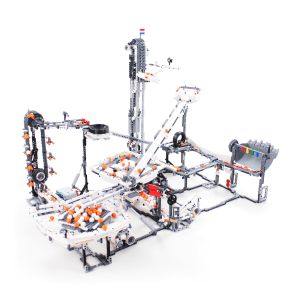
GBC 45 Stunt Circus – 42100 Building Instructions
Original price was: €34.95.€24.95Current price is: €24.95. Add to cart - Combi Deal!

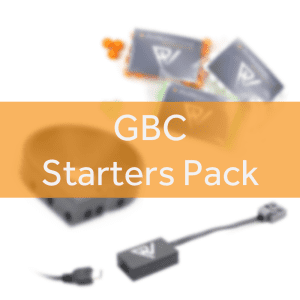
GBC Starters Pack
From: Original price was: €129.70.€111.52Current price is: €111.52. Select options -
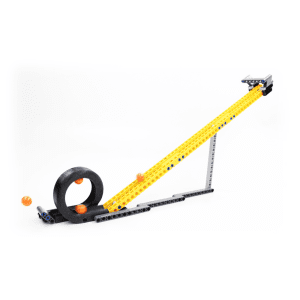
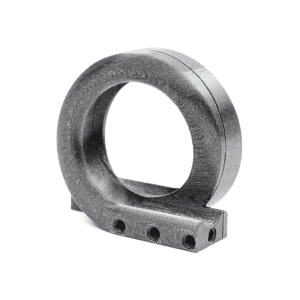
GBC Loopings
From €23.95 Select options This product has multiple variants. The options may be chosen on the product page
Search all our products by LEGO set/number, product name, categories and more. Give it a try :)
GBC design rules
When building and designing a GBC module you have to take into account a few design rules like dimensions, ball flow etc. In this way you can connect multiple GBC modules together and create one big GBC loop. You can make your module as simple or complex as you like, as long as your module meets the following 5 rules:
- Each module should have an input bin (located on the left side) and output (located on the right side), which must be directly in line with each other.
- The input bin should be at least 10×10 studs (outside dimension) with at least an 8×8 studs opening, and it should be at most 10 bricks tall.
- Each module should be able to accept balls at an average rate of 1 ball per second. Balls can be passed individually or in batches of 30 GBC Balls max.
- The output should be at most 8×8 studs (outside dimension) and should be at least 11 bricks tall (so it can connect to another input bin).
- There are no size limits. What you do in between the input bin and output is up to you. Creativity is the limit!
